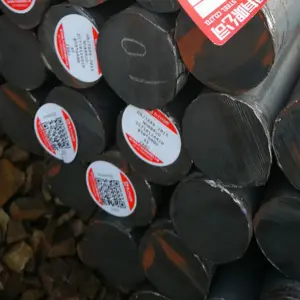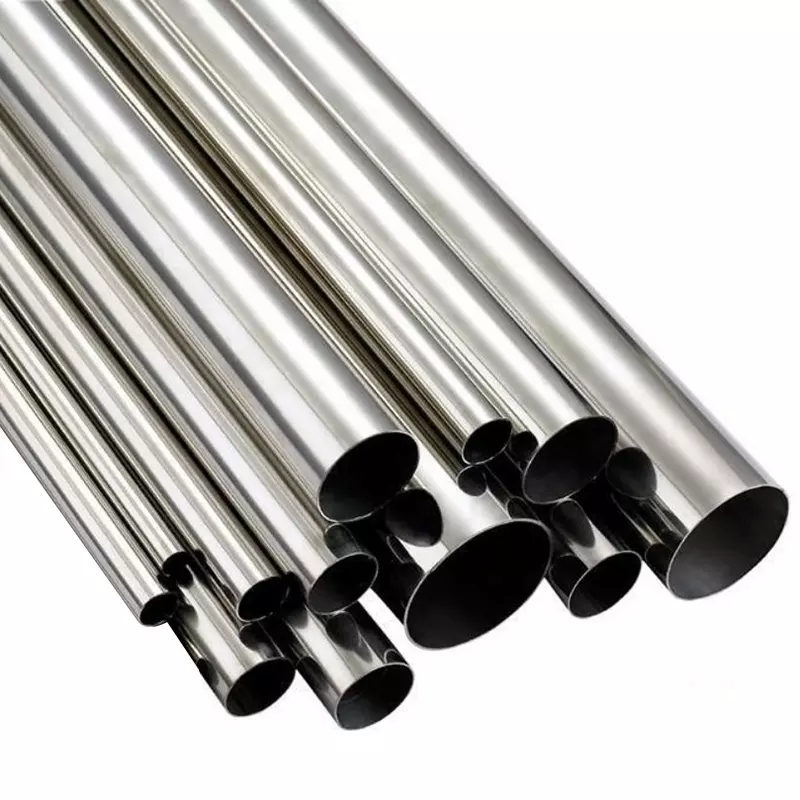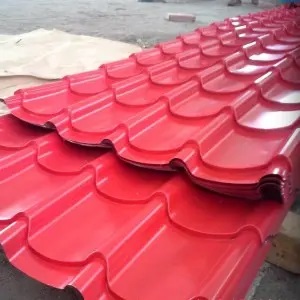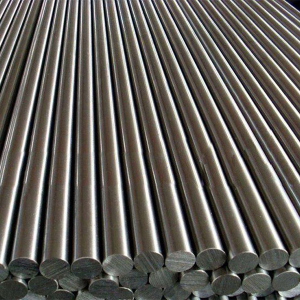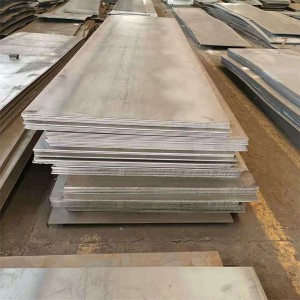316l Stainless Steel Seamless Steel Pipe
Product Introduction
Stainless steel seamless pipes are steel pipes that are resistant to weak corrosive media such as air, steam, and water, and chemically corrosive media such as acids, alkalis, and salts. Also known as stainless acid-resistant steel pipe.
The corrosion resistance of stainless steel seamless pipes depends on the alloying elements contained in the steel. Chromium is the basic element for the corrosion resistance of stainless steel. When the chromium content in the steel reaches about 12%, the chromium interacts with the oxygen in the corrosive medium to form a very thin oxide film (self-passivation film) on the surface of the steel. , Can prevent further corrosion of the steel matrix. In addition to chromium, the commonly used alloying elements for stainless steel seamless pipes include nickel, molybdenum, titanium, niobium, copper, nitrogen, etc., to meet the requirements of various uses for the structure and performance of stainless steel.
Stainless steel seamless pipe is a hollow long round steel, widely used in petroleum, chemical, medical, food, light industry, mechanical instrumentation and other industrial pipelines and mechanical structural parts. In addition, when the bending and torsion strength are the same, the weight is lighter, so it is also widely used in the manufacture of mechanical parts and engineering structures. It is also often used to produce various conventional weapons, barrels, shells, etc.
Product Display
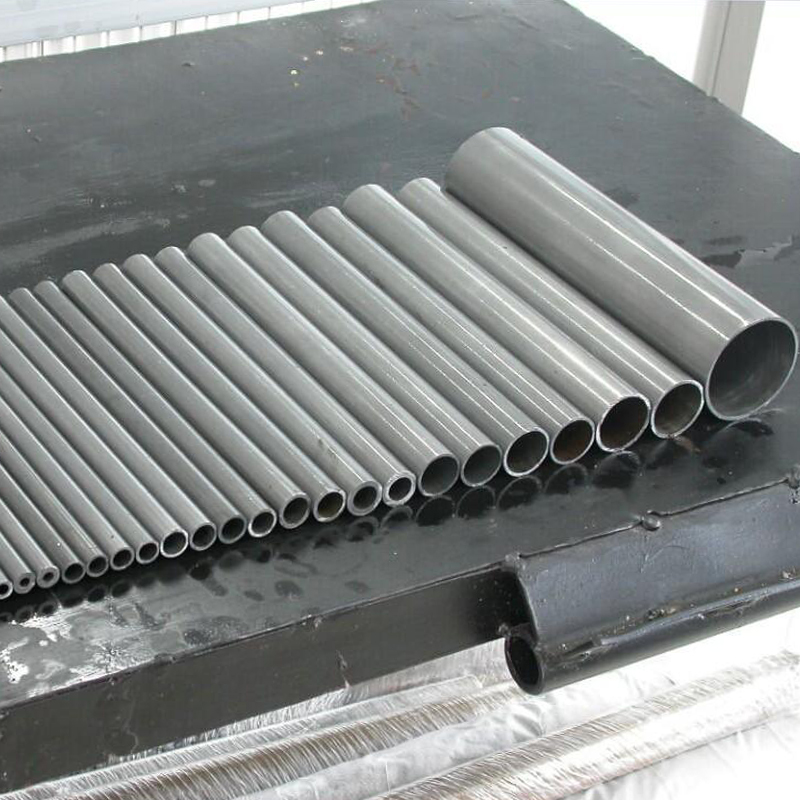
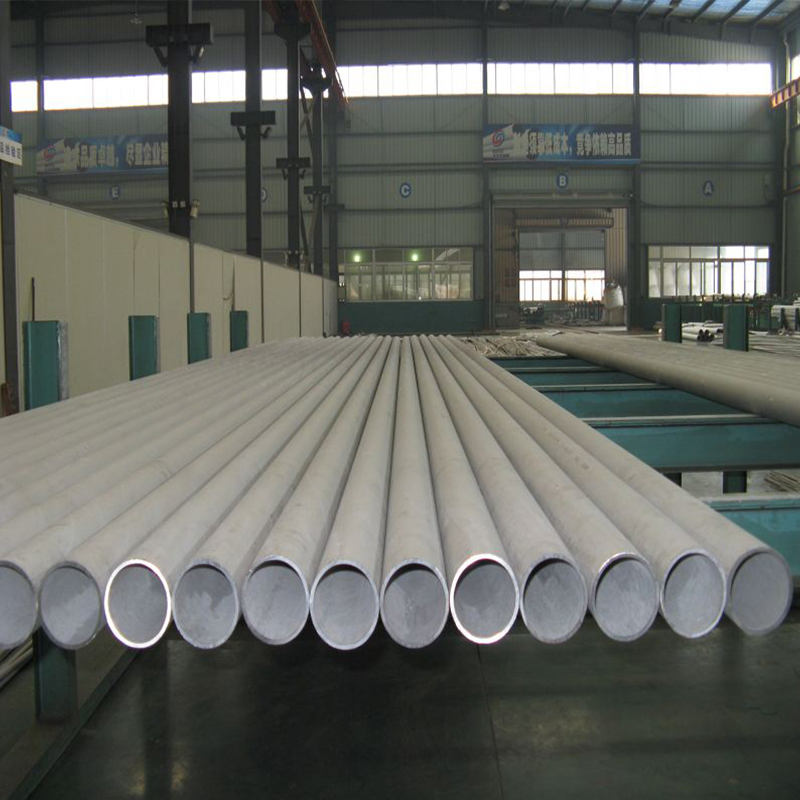
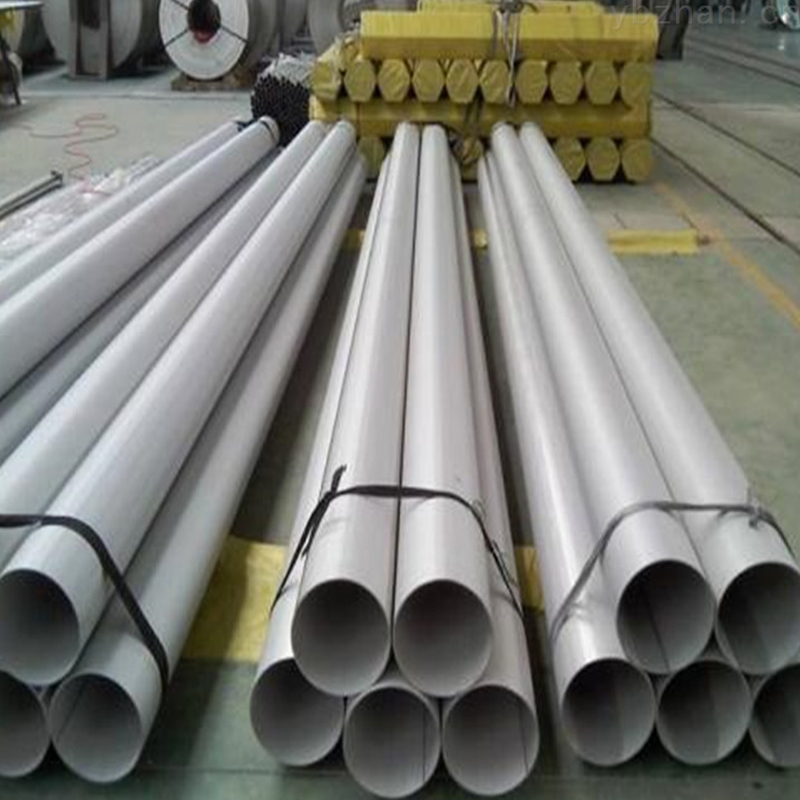
Product Details
Stainless steel seamless pipes are steel pipes that are resistant to weak corrosive media such as air, steam, and water, and chemically corrosive media such as acids, alkalis, and salts. Also known as stainless acid-resistant steel pipe.
The corrosion resistance of stainless steel seamless pipes depends on the alloying elements contained in the steel. Chromium is the basic element for the corrosion resistance of stainless steel. When the chromium content in the steel reaches about 12%, the chromium interacts with the oxygen in the corrosive medium to form a very thin oxide film (self-passivation film) on the surface of the steel. , Can prevent further corrosion of the steel matrix. In addition to chromium, the commonly used alloying elements for stainless steel seamless pipes include nickel, molybdenum, titanium, niobium, copper, nitrogen, etc., to meet the requirements of various uses for the structure and performance of stainless steel.
Stainless steel seamless pipe is a hollow long round steel, widely used in petroleum, chemical, medical, food, light industry, mechanical instrumentation and other industrial pipelines and mechanical structural parts. In addition, when the bending and torsion strength are the same, the weight is lighter, so it is also widely used in the manufacture of mechanical parts and engineering structures. It is also often used to produce various conventional weapons, barrels, shells, etc.
Production Process
It has the following production steps:
a. Round steel preparation; b. Heating; c. Hot rolled piercing; d. Cut the head; e. Pickling; f. Grinding; g. Lubrication; h. Cold rolling processing; i. Degreasing; j. Solution heat treatment; k. Straightening; l. Cut the tube; m. Pickling; n. Product testing.





